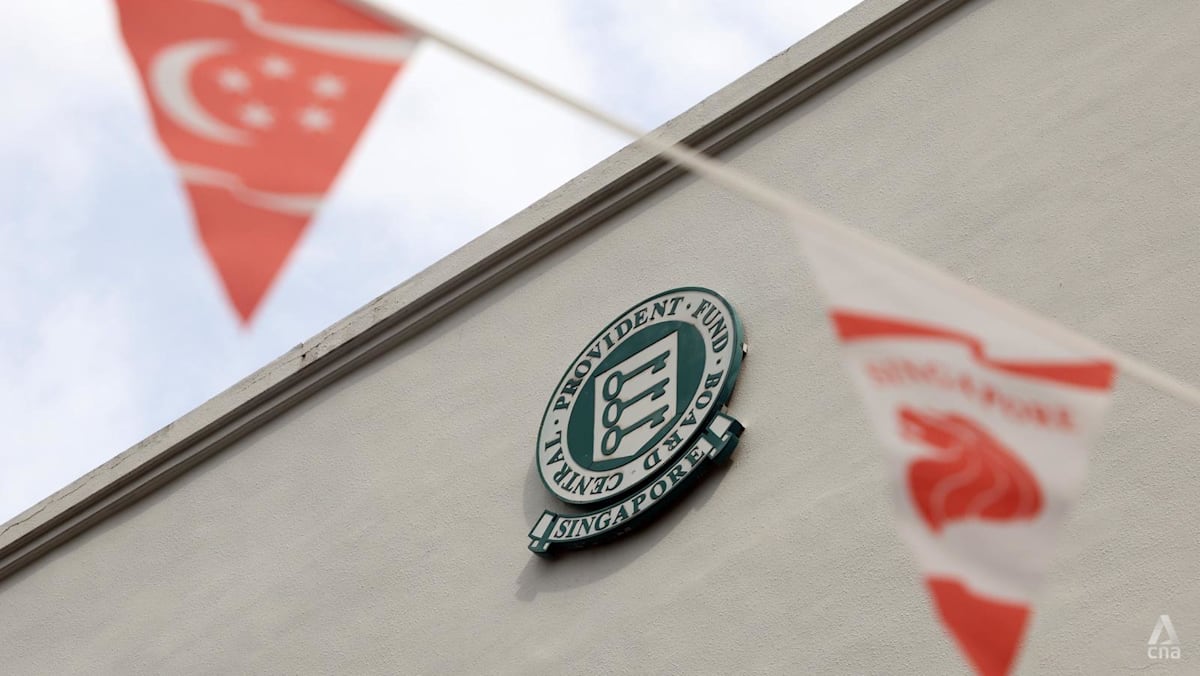Warning: This story contains references to suicide
SINGAPORE: Anger, purposelessness, recklessness and anxiety – if a person exhibits four or more “acute warning signs” such as these, they could be at risk of suicide, a new study by the Institute of Mental Health released on Wednesday (Sep 17) found.
These signs appear a week before the person attempts suicide, said the Ministry of Health-funded study touted to be the first of its kind in Singapore.
In comparison, individuals who are not at suicide risk would display only one of the 10 warning signs.
The 10 warning signs are based on a framework developed by the American Association of Suicidology to assess suicide risk.
Put together, the first letters of each warning sign form the mnemonic “Is Path Warm”: Ideation, substance abuse, purposelessness, anxiety, (feeling) trapped, hopelessness, withdrawal, anger, recklessness and mood changes.
The study is the first in Singapore to use the “psychological autopsy” method, in which researchers carry out a detailed retrospective examination of the life and state of mind of someone who had died from suicide.
This involves gathering information from people who knew them, such as family and friends, as well as from coroner’s reports.
In total, the study involved 73 cases of deaths from suicides as well as 73 control cases which do not involve suicide – with ages ranging from 11 to 76 years for the suicide cases and 10 to 76 for the control group.
Face-to-face interviews were carried out between May 2021 and February 2024.
“The aim is to get a clear and accurate picture of the individual’s circumstances, personality and health to better understand what could have led to their death and provide locally relevant insights,” IMH said.
Based on provisional data provided by the Samaritans of Singapore, there were 314 deaths by suicide in Singapore in 2024, a decline from 434 in 2023 and 476 in 2022.
The study is significant as much existing research on suicide comes from Western contexts.
IMH said while core risk factors that led to death by suicide may be similar to those in Western countries, the way people experience distress and seek help can differ across cultures and social contexts.
Apart from the warning signs, the study also looked into the factors in a person’s life that are associated with suicide.
For example, the study found that those who died from suicide faced challenges such as unemployment, had vices such as smoking and drinking, as well as relationship problems.
Associate Professor Mythily Subramaniam, the assistant chairman of the medical board (research) at IMH who led the study, said: “Suicide is never the result of just one factor, but it is a perfect storm when the struggles converge and become too much.
“It is important to understand that these overwhelming moments can happen in anyone’s life,” he added.












